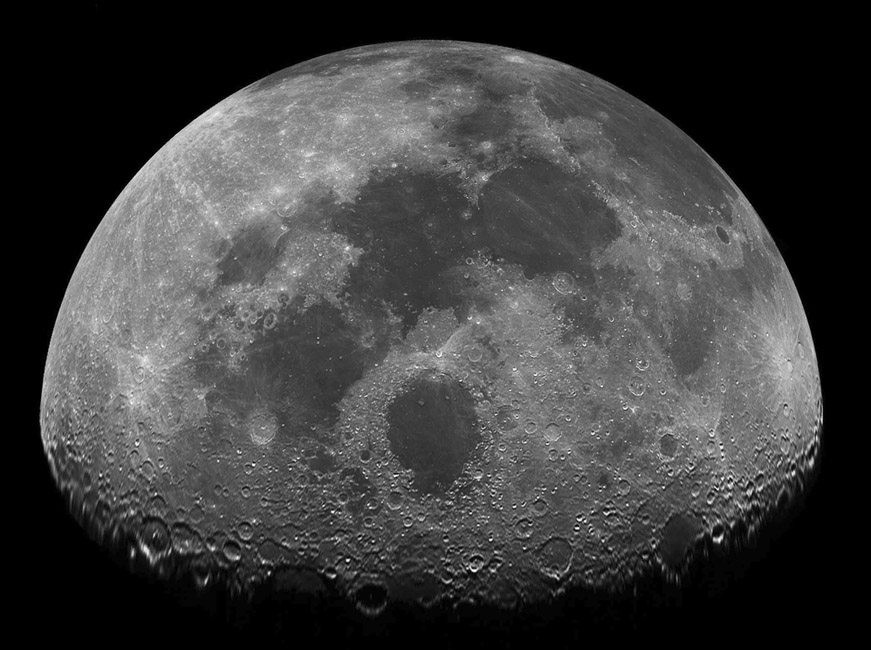Difference between revisions of "January 6, 2010"
| Line 3: | Line 3: | ||
<!-- ws:start:WikiTextHeadingRule:1:<h1> --> | <!-- ws:start:WikiTextHeadingRule:1:<h1> --> | ||
<!-- ws:start:WikiTextLocalImageRule:16:<img src="/file/view/LPOD-Jan6-10.jpg/111891653/LPOD-Jan6-10.jpg" alt="" title="" /> -->[[File:LPOD-Jan6-10.jpg|LPOD-Jan6-10.jpg]]<!-- ws:end:WikiTextLocalImageRule:16 --><br /> | <!-- ws:start:WikiTextLocalImageRule:16:<img src="/file/view/LPOD-Jan6-10.jpg/111891653/LPOD-Jan6-10.jpg" alt="" title="" /> -->[[File:LPOD-Jan6-10.jpg|LPOD-Jan6-10.jpg]]<!-- ws:end:WikiTextLocalImageRule:16 --><br /> | ||
| − | <em>image by [mailto:mauricejscollins@hotmail.com | + | <em>image by [mailto:mauricejscollins@hotmail.com Maurice Collins], Palmerston North, NZ (north to right - on this image, not in Palmerston)</em><br /> |
<br /> | <br /> | ||
| − | Maurice sent a note about his new lunar [http://moonscience.yolasite.com/ | + | Maurice sent a note about his new lunar [http://moonscience.yolasite.com/ website] and while looking through it I came across this informative [http://moonscience.yolasite.com/rectified-images.php view]. It is one of his images that he rectified using LTVT. I like it because it provides a slightly unfamiliar perspective, helping us to notice things differently. First I really like that huge curved basin at top right - it's much bigger than most other nearside basins. And there must be a bright ray crater over the top left limb. Did you notice the small basin with a flat, dark floor just on the terminator downward and left from Crisium? From our normal Earth view Crisium looks round, but its really more like a pear. The distended eastern (bottom) side doesn't have the continuous, even if saw-toothy, mountainous edge. The patches of mare beyond Crisium's main massif boundary occur in areas where its outer rings are, but I never noticed before that most of it is on the eastern half of the basin. In fact, I guess Cleomedes is flooded with lava because it is in a moat between rings. Finally, why is the area from Petavius and Langrenus towards the terminator so smooth? It looks gray and flatish, whereas most other areas that distance from the terminator are rougher.<br /> |
<br /> | <br /> | ||
| − | <em>[mailto:tychocrater@yahoo.com | + | <em>[mailto:tychocrater@yahoo.com Chuck Wood]</em><br /> |
<strong>News Flash</strong>: Look for a Portuguese version of LPOD soon!<br /> | <strong>News Flash</strong>: Look for a Portuguese version of LPOD soon!<br /> | ||
<br /> | <br /> | ||
| Line 17: | Line 17: | ||
<br /> | <br /> | ||
<hr /> | <hr /> | ||
| − | <div>You can support LPOD when you buy any book from Amazon thru [http://www.lpod.org/?page_id=591 | + | <div>You can support LPOD when you buy any book from Amazon thru [http://www.lpod.org/?page_id=591 LPOD!]<br /> |
</div> | </div> | ||
---- | ---- | ||
===COMMENTS?=== | ===COMMENTS?=== | ||
| − | + | Register, and click on the <b>Discussion</b> tab at the top of the page. | |
Revision as of 16:14, 11 January 2015
Hemisphere

image by Maurice Collins, Palmerston North, NZ (north to right - on this image, not in Palmerston)
Maurice sent a note about his new lunar website and while looking through it I came across this informative view. It is one of his images that he rectified using LTVT. I like it because it provides a slightly unfamiliar perspective, helping us to notice things differently. First I really like that huge curved basin at top right - it's much bigger than most other nearside basins. And there must be a bright ray crater over the top left limb. Did you notice the small basin with a flat, dark floor just on the terminator downward and left from Crisium? From our normal Earth view Crisium looks round, but its really more like a pear. The distended eastern (bottom) side doesn't have the continuous, even if saw-toothy, mountainous edge. The patches of mare beyond Crisium's main massif boundary occur in areas where its outer rings are, but I never noticed before that most of it is on the eastern half of the basin. In fact, I guess Cleomedes is flooded with lava because it is in a moat between rings. Finally, why is the area from Petavius and Langrenus towards the terminator so smooth? It looks gray and flatish, whereas most other areas that distance from the terminator are rougher.
Chuck Wood
News Flash: Look for a Portuguese version of LPOD soon!
Technical Details
April 10, 2009. C8.
Related Links
Rükl plates: too many to list!
COMMENTS?
Register, and click on the Discussion tab at the top of the page.



